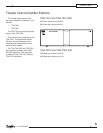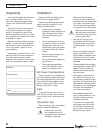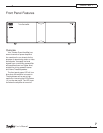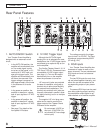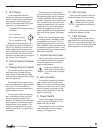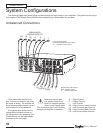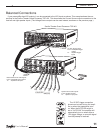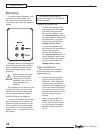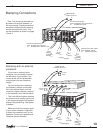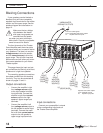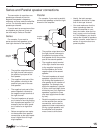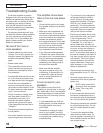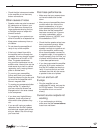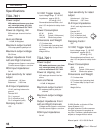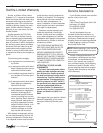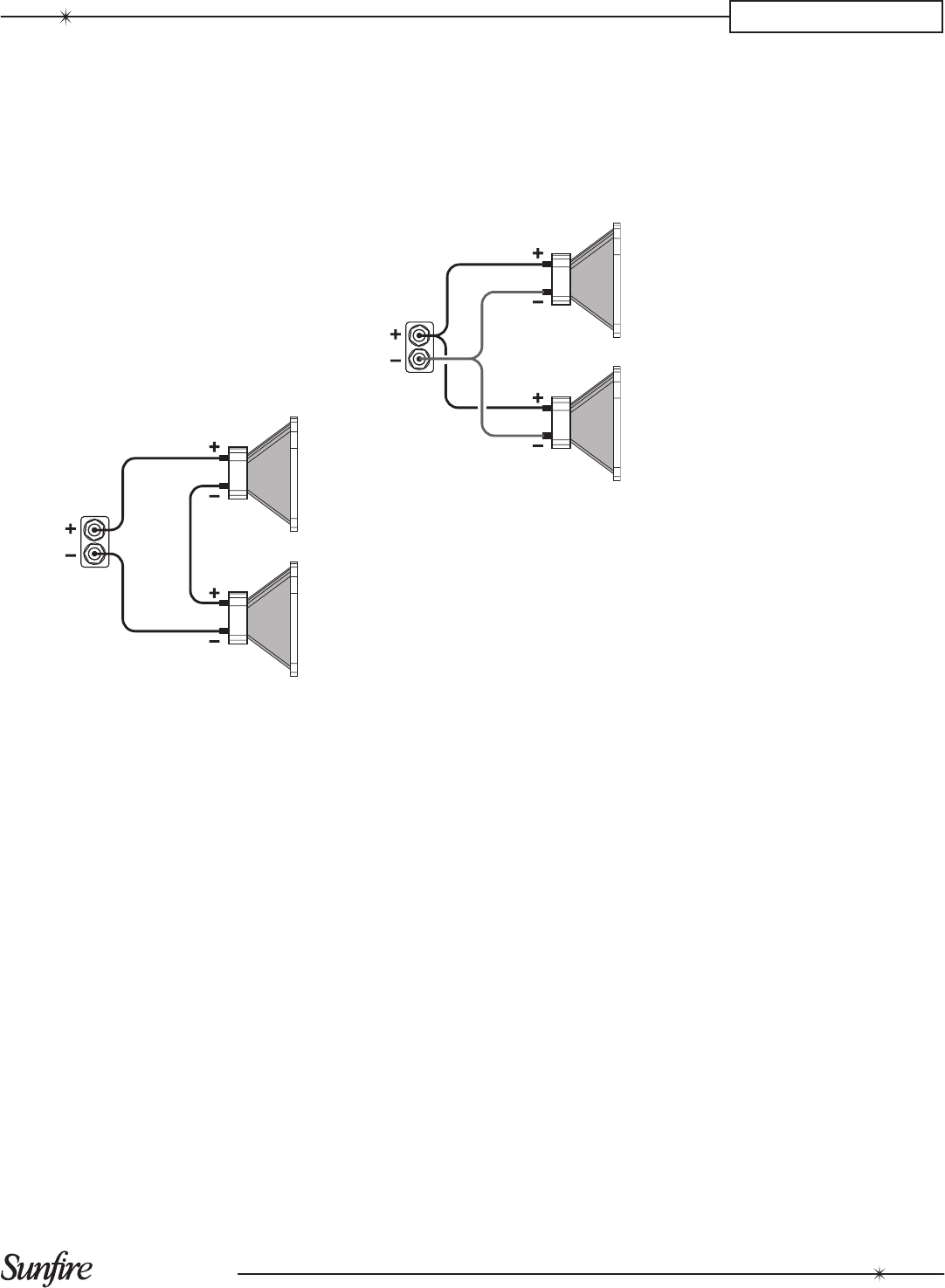
User's Manual
15
APPENDIX
Series and Parallel speaker connections
A
mplifier
Outputs
A
mplifier
Outputs
The connection of more than one
speaker per channel will tend to
degrade the speaker’s frequency
response, and may make the amplier
run hot. For the best results use one
speaker per channel.
If you do want to connect more than
one speaker per channel, there are
two main ways: Series or Parallel.
Series
For example, if you want to
series-connect two speakers to the
front right channel of the amplier:
• The positive output terminal of
the right channel connects to
the positive input post of the
rst speaker.
•
The negative input post of the
rst speaker connects to the
positive input post of the sec-
ond speaker.
• The negative input post of the
second speaker connects to
the negative output terminal of
the right channel.
• The total impedance of speak-
ers in series is found by adding
their impedances together. For
example, two four ohm speak-
ers in series is an eight ohm
load.
• Series connections are easier
on the amplier than parallel
connections as the total imped-
ance is higher than driving a
single speaker.
Parallel
For example, if you want to parallel-
connect two speakers to the front right
channel of the amplier:
• The positive output terminal of
the right channel connects to
the positive input post of the
rst speaker and to the positive
post of the second speaker.
•
The negative output terminal
of the right channel connects
to the negative input post of
the rst speaker and to the
negative post of the second
speaker.
• The total impedance of equal
speakers in parallel is found
by dividing the impedance of
one speaker by the number of
speakers. For example, two
eight ohm speakers in parallel
is a four ohm load (eight ohms
divided by two), four eight ohm
speakers in parallel is a two
ohm load (eight ohms divided
by four).
• Parallel connections are harder
on the amplier than series
connections, as the total im-
pedance is lower compared to
driving a single speaker, and
the amplier must produce
more current to drive them.
• Ideally, the total average
impedance should be no less
than 4 ohms per channel.
•
You must make sure that the
lower impedance does not
cause the amplier to over-
heat, shut down, blow the line
fuse, or pop your circuit break-
er. If this happens, you should
reduce the number of speakers
wired in parallel, rewire them in
series, or use more than one
power amplier.



